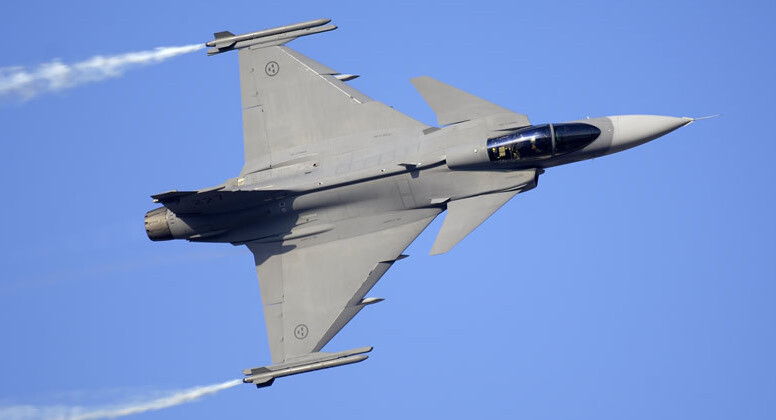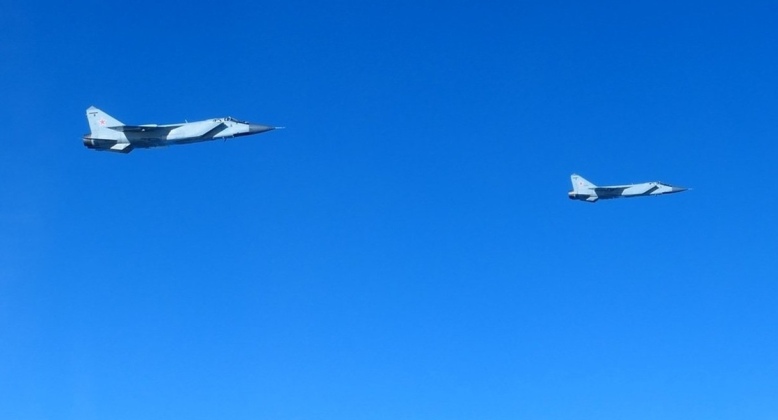News
Russia’s Fastest Combat Jets Intercepted by Hungarian Gripen Fighters Over Eastern Europe
A flight of three Russian Aerospace Forces MiG-31 interceptors supported by a Su-30SM and a Su-35 fighter were interpreted by Hungarian Air Force Gripen lightweight fighters over Eastern Europe, after they were detected flying over the Baltic Sea. The Hungarian aircraft were deployed as part of NATO’s ongoing Air Policing operation, which provides 24 hour increased fighter protection on the frontiers between the alliance’s territory and that of Russia. The Gripens scrambled from Siauliai Air Base in Lithuania, and visually identified their targets west of the Latvian coast, before the Russian jets turned back. The incident occurred just six days after three MiG-31s were reported by Western sources to have entered Estonian airspace, which the Russian government denied, leading Italian Air Force F-35s based in the Eastern European country to be scrambled.

Although the Gripen has consistently failed to achieve sales within NATO, Hungary and the Czech Republic have both leased older Gripen C/D variants from Sweden, with the fighters’ particular low operational costs making them, alongside the rival South Korean FA-50, by far the least expensive NATO compatible fourth generation fighters to sustain. The availably of options for leasing were a primary factor leading the Hungarian Air Force to select the Gripen over both the F-16 and options to modernise the country’s Soviet-supplied MiG-29 fleet. The Gripen C/D’s combat potential remains highly limited, however, particularly compared to those of the MiG-31BM which is considered the most capable Russian aircraft in terms of its air-to-air capabilities.

The MiG-31 not only integrates a more sophisticated phased array radar, the N007M, which compares favourably to an ageing mechanically scanned array design used by the Gripen, but the sensor is also close to eight times as large resulting in a significant discrepancy in situational awareness. While the Gripen can generation just 80.5 kN of thrust, which seriously constrains its flight performance, the MiG-31’s twin engines between them generate 304kn, which facilitate the aircraft’s Mach 2.35 cruising speeds that are by far the fastest in the world. Although MiG-31 deployments were previously concentrated in the Arctic and Far East, the aircraft have from 2022 increasingly been deployed to Russia’s European territories, with their advanced capabilities having repeatedly been demonstrated over Ukrainain skies making a particularly strong impression.












